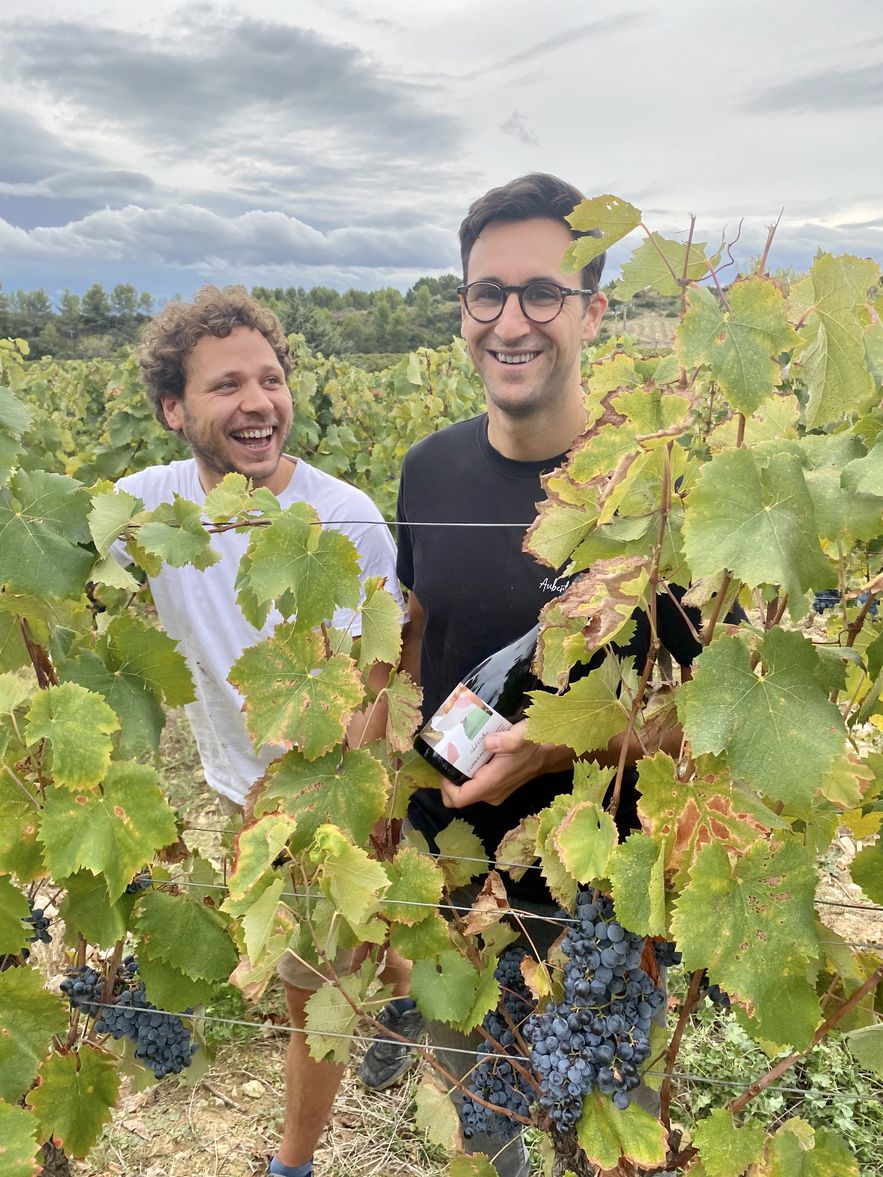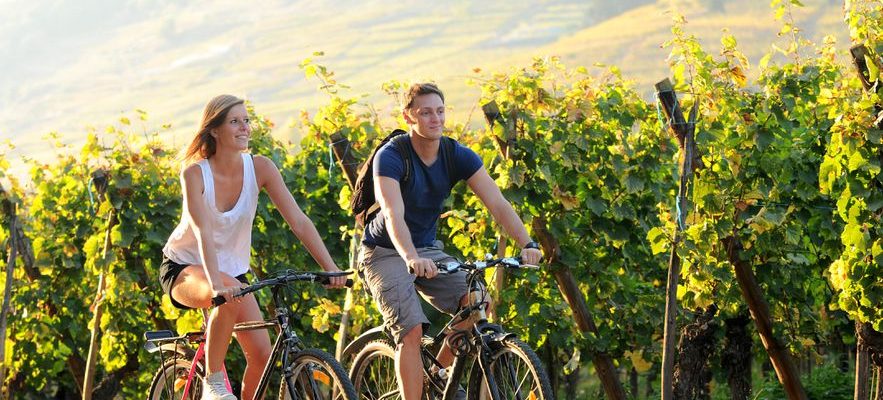Alsace charts its course
It was on the occasion of a car rally, on May 30, 1953, in a festive and folkloric atmosphere, that two processions of flowered floats set off from Marlenheim, to the north, and Thann, to the south, to meet in Ribeauvillé, inaugurating the Alsace Wine Route, the first of its kind.
Alsatian road
/ © DUMOULIN / ALSACE WINE COUNCIL
At the time, the local viticulture, bruised by the war, had to be rebuilt. Seventy years later, the bet has paid off: the 750 cellars that mark out the 170 kilometers of the wine tourism route welcome several million people each year. Alsace stands out today as the third wine region visited, after Bordeaux and Champagne. To celebrate this anniversary, a series of events, limited to 500 people, are organized in the heart of the vineyards, in a rural setting and a good-natured atmosphere. Objective: exchange, share to better understand the local terroir. The winegrowers meet everywhere, joyful, bright-eyed, teasing, at the ephemeral bar as well as at the tasting or in-depth sessions. From the bar to the workshops, we talk about grape varieties, fruity notes, floral and mineral aromas, tension, but also stoppers (cork, screw, glass), the cost of bottles – these typical vintage flutes –, soils, climate change (the last harvests started more than a month in advance).
In the winstubs of starred chefs Jean-Luc Brendel (in Riquewihr) and Olivier Nasti (in Kaysersberg), you can savor an Alsatian specialty while sipping a glass of Riesling, Pinot Noir or Gris, Gewürztraminer… Life is good in the land of the Ill!
Information and booking on the site Latourneedesterroirs.fr
Virtual winemaker
Since it can do everything, why not ask ChatGPT, the amazing artificial intelligence software, to produce “a great organic Languedoc wine on the fruit”? This is what merchants Aubert & Mathieu have tried. The IA recommended with great aplomb a blend of Grenache Noir and Syrah, at 60-40, with a pre-fermentation cold maceration. Anthony Aubert and Jean-Charles Mathieu (photo) went so far as to ask him for a name (suggestions: “L’Esprit de l’Aude” and “La Syrah de Mathieu”), a price (from 50 to 100 euros , mazette!), a marketing plan (she advises social networks, with the “awareness” of making the buzz) and, finally, a press release – without originality, but without missteps.

Anthony Aubert and Jean-Charles Mathieu
/ © SDP
The two partners vinified 600 bottles, amazed by the technical performance of the tool. But by distancing themselves: the vintage, sold for 22.90 euros, far from the ambitions of AI, is called The End, to signify the limits and the end of the experience – immortalized in a You Tube video. “We are convinced that the machine will never replace the man, but that it can be a vector of creation”, concludes Anthony Aubert, co-founder of a young “eco-conscious house”, with the ambition of “moving the vines with modern and original wines”. A bet already won with this collaboration.
Lur Saluzzo, half a millennium in Sauternes
When Christopher Columbus discovered America in 1492, the Château de Fargues had already been in the Lur Saluces family for twenty years. But the property was not yet producing its great Sauternes, an 18th century creation. A book recounts the 550 years that have made this surname almost synonymous with golden nectar. Notably thanks to Joséphine’s dowry, in 1
785: the castle of Yquem. Its sale in 1996, heartbreaking for the Marquis Alexandre, its manager for thirty-five years, nevertheless made it possible to renovate the family cradle of Fargues, a ghost fortress since the great fire of 1687. The saga continues today with his son Philip.
Château de Fargues, the crazy ambition of the Lur Saluces in Sauternes, by Hélène Farnault. Editions Glénat, €39.95.
